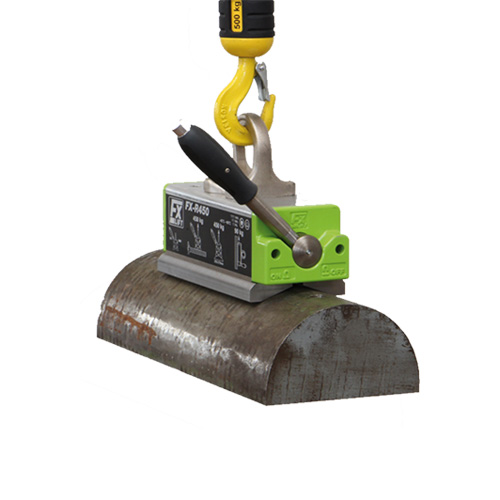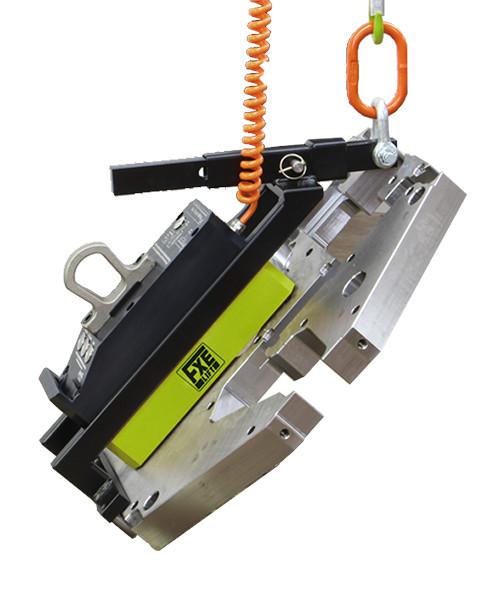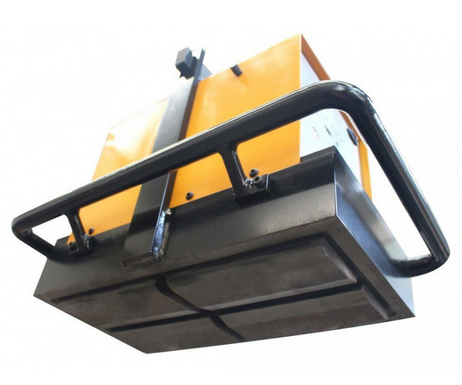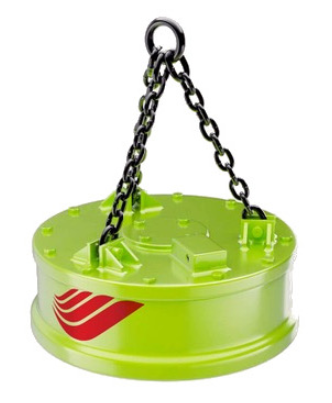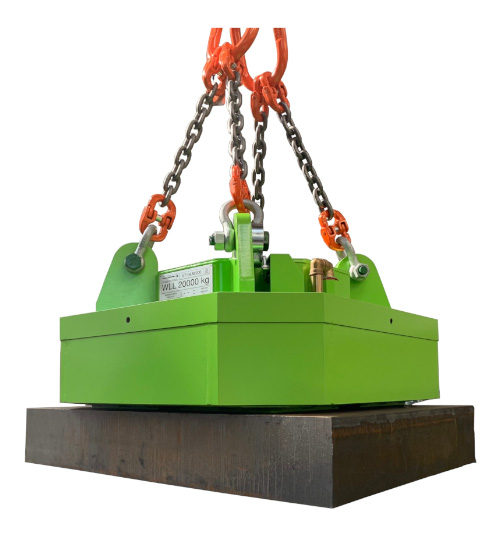INSPECTION AND VERIFICATION
Norms:
- UNI EN 13155:2009 Lifting equipment
- Safety - Removable load handling equipment
- Other norms:
- ASME B30.20, “Below-the-Hook Lifting Devices”
CHECKS FOR SAFE WORKING
Magnetic lifting equipment must be subjected to periodic checks, testing its correct functioning. The check must include the verification of the overall state of the magnet and of the safety devices that prevent any possible accidental deactivation, of the regular identification (data plates) and of the capacity by means of a tear-off test.
The pull test must give as a result a minimum value three times higher than the declared capacity value, under the conditions established by the manufacturer.
Our service center is equipped with certified equipment for the periodic checks of any magnetic lifter, in the event of a positive result of the tests, a certificate is issued with the results of the checks and the requirements necessary for correct operation.

